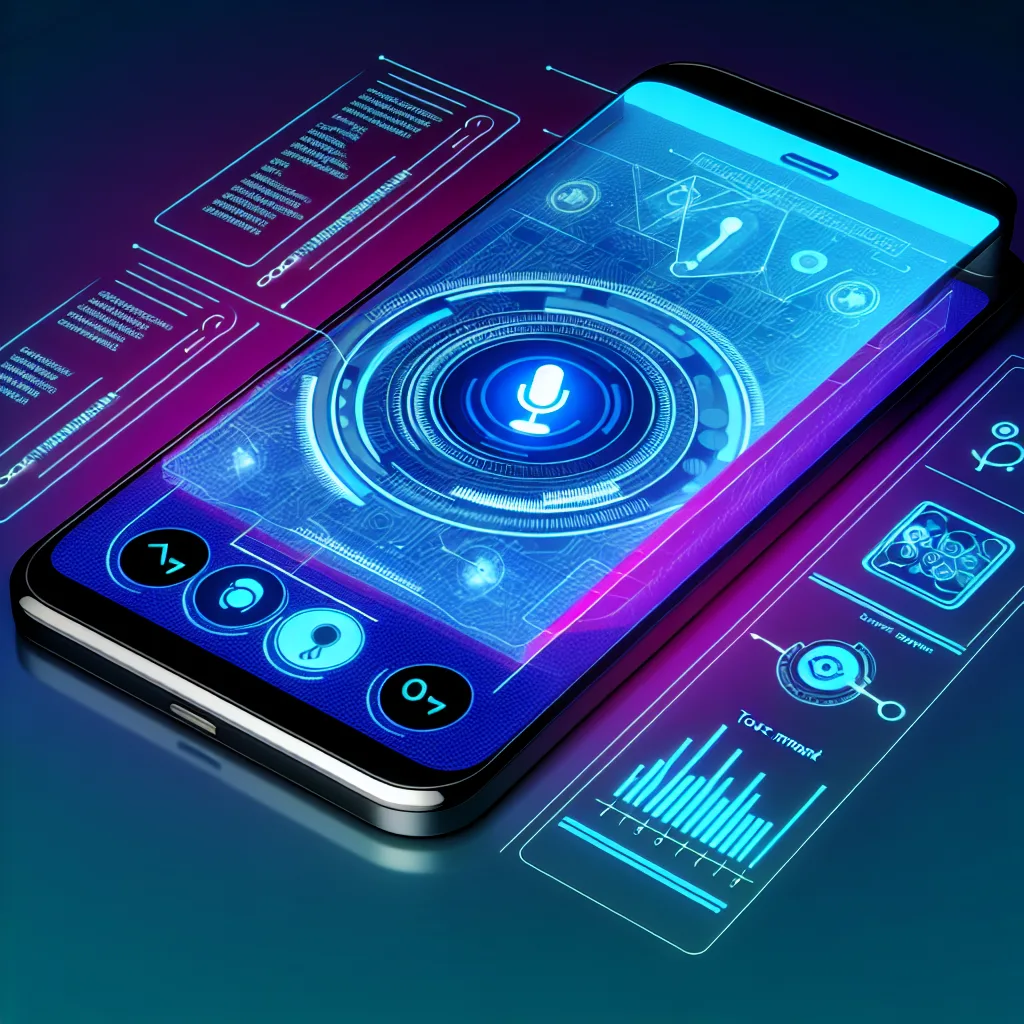Dive into the world of mobile GUI agents, their unique hurdles, and what the future might hold for automation on your phone.
If you’ve ever thought about how automation has seamlessly entered our lives—navigating browser pages, clicking links, or even automating desktop applications—you might be curious about how this tech could work on mobile devices. That’s where mobile GUI agents come in. These tools aim to control the graphical user interfaces on phones, letting you tap, swipe, or type across apps just like you would, but controlled by an intelligent assistant.
Mobile GUI agents are the next step after browser and desktop automation tools. They promise a hands-free experience, where your phone could almost act like a digital helper or “Jarvis”. However, building these agents brings a slew of challenges that are quite different from their desktop or browser counterparts.
What Are Mobile GUI Agents?
In simple terms, mobile GUI agents automate the interaction with apps on your phone. They listen to voice commands, understand context with the help of language models, and handle tasks like tapping or typing across different applications. An interesting example is Blurr, an open-source tool that uses voice recognition plus accessibility features on Android to navigate and control your device.
The Big Challenges Mobile GUI Agents Face
While desktop or browser agents usually benefit from predictable interfaces and robust accessibility features, mobile environments are often less cooperative. Here are some tough nuts to crack:
- Canvas and Custom UI Apps: Many apps, including popular ones like Google Calendar or certain games, use custom graphics rendered on a canvas. These don’t provide standard accessibility nodes, making it hard for agents to identify buttons or elements accurately. It’s like trying to interact with a painted screen rather than clickable elements.
- Speech-to-Text Recognition: Speech recognition still struggles with diversity in accents, background noise, and languages. For example, while recognition might be decent in English, users in other countries often face issues with accuracy. The trade-offs between offline speech-to-text, which respects privacy but lacks accuracy, and cloud-based services, which are more powerful but raise privacy concerns and sometimes delay responses, complicate things further.
-
Inconsistent Layouts and Permissions: Unlike desktop apps, mobile apps often change their layouts dynamically. Plus, permissions for accessibility features might get blocked or reset, leaving the mobile agent unable to work consistently.
Tackling The Challenges
How can these issues be addressed? Some ideas floating around include:
- Using OCR and Vision Models: For apps rendering content on a canvas without accessibility data, Optical Character Recognition (OCR) or computer vision might help the agent ‘see’ where buttons or labels are, though this involves complex image processing.
-
Improving Speech Recognition: Developing more robust speech-to-text systems that adapt to different accents or noisy environments is crucial. There’s ongoing work combining offline models with selective cloud assistance to balance privacy and accuracy.
These challenges don’t have easy answers yet, but they’re active areas of experimentation and development.
What Would You Automate First?
If you had a mobile GUI agent, what would you want it to do? Maybe organizing your calendar hands-free, filtering alerts, automating repetitive tasks in apps, or helping users with accessibility needs. The possibilities are extensive but grounded by current technical limitations.
Wrapping Up
Mobile GUI agents represent a fascinating frontier in automation technology. They promise a kind of help that’s integrated directly into the conversations and interactions you have with your phone. Yet, as we’ve seen, they come with unique technical hurdles, especially when it comes to custom interfaces and reliable speech interaction across the globe.
If you’re interested in the nuts and bolts of GUI automation, you might enjoy checking out open-source projects like Blurr that actively explore these challenges. And if you’re a developer or enthusiast, there’s plenty of room to contribute ideas or code to this emerging field.
For more on accessibility in mobile apps, you can visit the Android Accessibility Developer Guide or learn about speech recognition challenges on Google AI Blog.
Mobile GUI agents are still working to find their footing, but their potential to make phones smarter and easier to use is promising. It’s worth keeping an eye on how this space evolves in the coming years.
